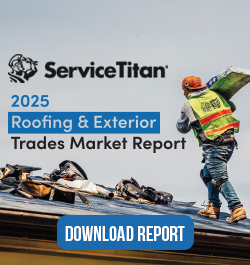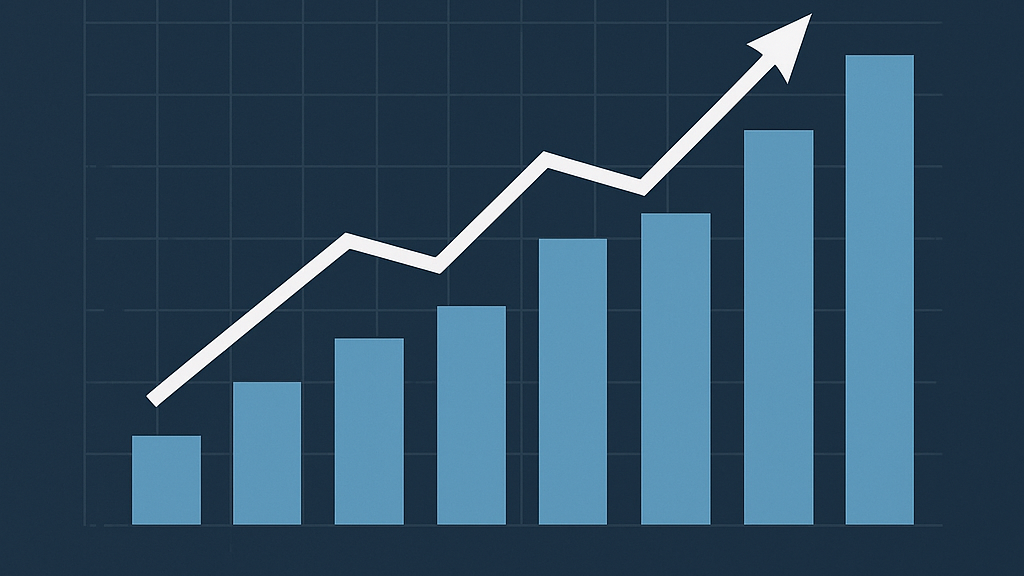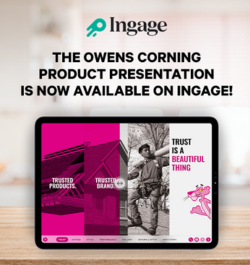Unlocking success with data
June 18, 2025 at 6:00 a.m.By John Kenney, Cotney Consulting Group.
Learn how to leverage data to find success in the digital era.
In today’s world, technology has become a cornerstone of most industries, roofing included. But, here at Cotney Consulting Group, we are very aware that using the data properly can be a challenge for many contractors and professionals. Too often, this leaves them with a mountain of untapped information and growth opportunities.
As we continue to move further into the digital era, the importance of utilizing this data has only intensified. Contractors who have mastered the ability to master and implement a solid data strategy to better manage their revenue and performance have a distinct competitive advantage. Keep reading to learn how roofing leaders can use data to drive smarter and faster business decisions.
The data surge in roofing
Data in roofing is exploding. From drone footage and time logs to delivery schedules and change orders, today's roofing contractors are collecting more information than ever. A recent study by McKinsey revealed that over 80% of construction companies experienced a 50%+ increase in data volume over the past three years. Roofing contractors are no exception.
But here's the catch: Only about 50% of that data is usable. The remainder is incomplete, inconsistent or dispersed across silos that don't communicate with one another.
By 2025, the gap between data-rich and data-smart companies has widened. The most profitable contractors do not only possess data — they effectively turn data into insight and actionable strategies.
Why roofing companies struggle with data
Many roofing companies face distinct challenges when it comes to leveraging data effectively. Here are some examples:
- No formal data strategy: Research by Deloitte shows that most contractors lack a clear plan for capturing, managing and applying their data.
- Data is fragmented across platforms: Field reports might be in one app, material orders in another and job costing in Excel. Without proper integration, your data cannot provide a comprehensive view.
Lack of skilled data personnel: Many roofing businesses rely on operations managers or project leads for data collection and interpretation, piling additional responsibilities on their already full plates.
The 2025 outlook: What's changed
1 - AI is now accessible to mid-size roofing companies
Artificial intelligence tools are proving invaluable for roofing contractors. They help flag anomalies in job costing, predict weather-related delays and recommend schedule changes. AI is no longer exclusive to billion-dollar general contractors; it's now integrated into popular platforms like Roofr, Jobba, AccuLynx and others.
2 - Real-time dashboards are the new normal
Contractors are transitioning from weekly reports to live dashboards. These dashboards display job progress, material usage, crew performance and projected revenue in real time, allowing field leaders to act promptly.
3 - Data roles are being formalized
An increasing number of roofing businesses are hiring full-time operations analysts or project data coordinators. Even smaller firms are training administrative staff to better manage reporting and system integrations.
4 - Material and delivery data matter more
Given the continuing unpredictability in supply chains, roofing companies now rely heavily on delivery and warehouse data. This allows them to pre-stage jobs more efficiently and minimize lost time.
The true cost of bad data in roofing
Using poor-quality data isn't merely inefficient — it's costly.
In 2021, incorrect or missing data led to rework that cost U.S. roofers an estimated 5% of the total project value. This amounts to approximately $1 million in yearly rework for a $20 million roofing contractor. About $140,000 of that could have been avoided with accurate data, as indicated by internal CCG analysis.
Alarmingly, one in three bad decisions on a roofing job stems from incorrect data.
Creating a data-driven roofing business
1 - Build a data strategy
Start by identifying what data is critical for your operations: labor productivity, material usage, safety incidents, change orders and weather delays. Standardize how that data is collected and determine its storage.
2 - Use connected tools
Integrate platforms for estimating, project management, CRM and accounting. Software like Procore, JobNimbus and CompanyCam are now connecting better than ever with QuickBooks and other systems via open APIs.
3 - Train your teams
Even without hiring a full-time analyst, training field leaders and project coordinators is crucial. They should be able to:
- Input data consistently
- Read reports and dashboards
- Spot red flags early
4 - Audit your data regularly
At least once quarterly, review your data for gaps. Check if job costs are aligned with actuals. Are time entries logged daily? Is your backlog accurate? Data integrity requires ongoing attention.
The competitive edge in 2025
Data-driven roofing contractors can:
- Make quicker and better job decisions
- Prevent costly rework
- Improve profit margins
- Win more bids through transparency in performance
- Operate confidently, leaving guesswork behind
The best part? You don't need to be a tech genius or hire a large IT team. You need a strategy, the right tools, and a commitment to using data as a core business driver — not merely as a byproduct.
Final thoughts
Data is no longer optional in roofing. It fuels real-time decision-making, enhances job site performance and fosters long-term business growth. With material costs remaining unpredictable and labor availability tight, the ability to react quickly and accurately is more valuable than ever.
Make 2025 the year you stop merely collecting data — and start actively using it.
For more insights on harnessing the power of data, consider exploring resources on data strategy to enhance your business practices.
Original article and photo source: Cotney Consulting Group
Learn more about Cotney Consulting Group in their Coffee Shop Directory or visit www.cotneyconsulting.com.























Comments
Leave a Reply
Have an account? Login to leave a comment!
Sign In